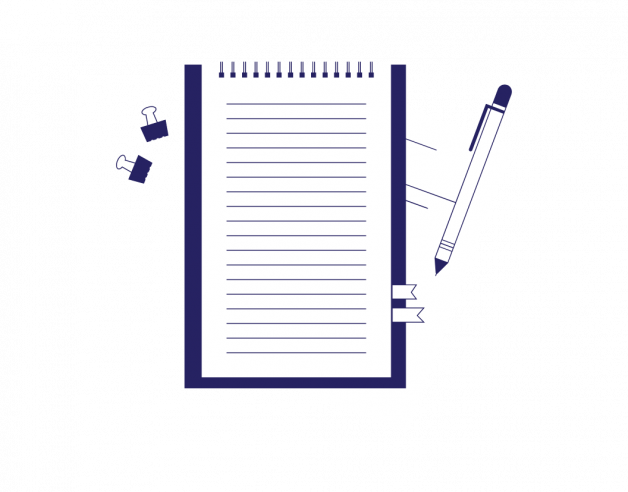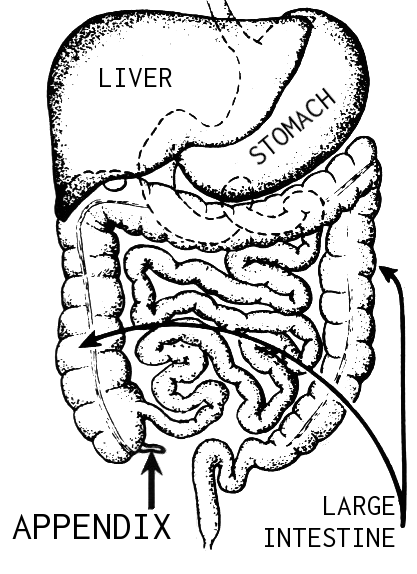
-
3-minute read
-
5th June 2017
Dissertation Advice: How to Use the Appendix
Unlike the human appendix, the appendices at the end of your dissertation are very valuable… OK, we know that research has shown that the human appendix is useful. But we needed a snappy opening line and we’ll be damned if we let scientific evidence get in our way!

Anyway, our point is that you can often get extra marks on an academic paper by using the appendices effectively. In this blog post, we explain how.
What to Put in the Appendix
An appendix is where extra information goes. What you include, and how many appendices you need, will depend on what you’re writing about. Common examples include:
- Raw test data
- Technical figures, graphs and tables
- Maps, charts and illustrations
- Letters and emails
- Sample questionnaires and surveys
- Interview transcripts
These are all things you might want to reference in your main essay without including them in full. For example, even if you quote an interview in the results and discussion section of an essay, you would not usually include the full transcript. Instead, you would write:
Participant 4 claimed to experience ‘dizziness and nausea’ (see Appendix B).
This points the reader to the appendix if they want to see where the quote came from.
Find this useful?
Subscribe to our newsletter and get writing tips from our editors straight to your inbox.
Subscribe to Beyond the Margins and get your monthly fix of editorial strategy, workflow tips, and real-world examples from content leaders.
How to Format Appendices
The correct way to format appendices will depend on your university, so make sure to check your style guide. But in general, the following rules should be followed:
- Place appendices at the end of your document after the reference list
- Divide appendices by topic (e.g. separate sections for test results, illustrations and transcripts)
- Start each appendix on a new page and label it with a letter or number, along with a title clarifying content (Appendix A: Instrument Diagrams, Appendix B: Test Results, etc.)
- List appendices in the table of contents at the beginning of your document
Doing these things will make it easier for your reader to find information in the appendices.
Appendices and the Word Count
Appendices are not usually included in the word count for your paper. This means you can cut non-essential information from the main chapters and add it to an appendix without worrying about exceeding the word limit.
But be warned! This is not an excuse to cut vital information from your work. You must included all important data in your main essay. If you put essential information in the appendices, it could count against you when your work is marked.
Some universities include appendices in the word count, though, so there are better ways to ensure that your work doesn’t end up too wordy!